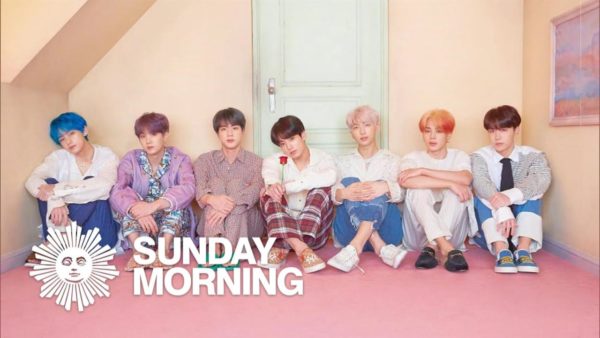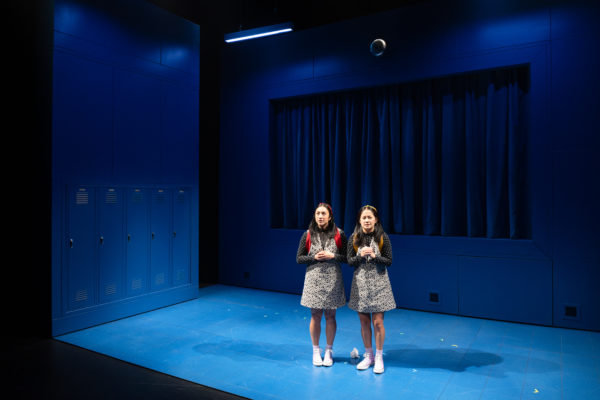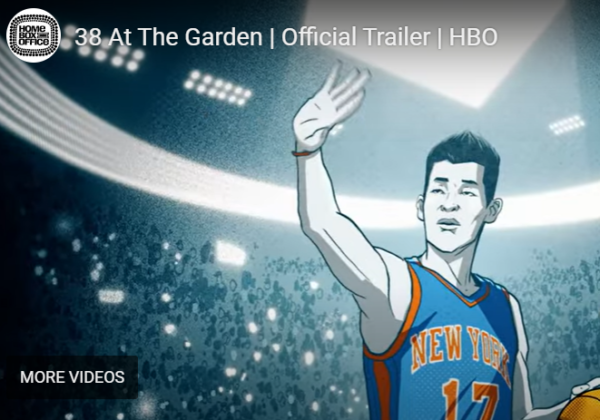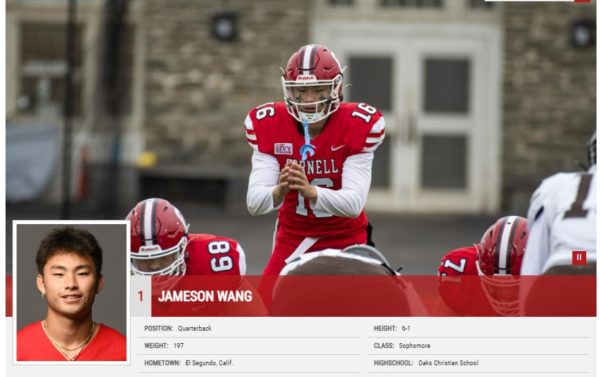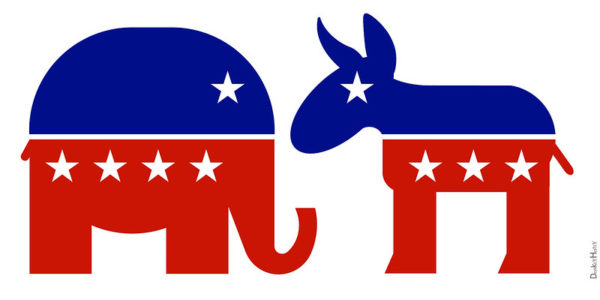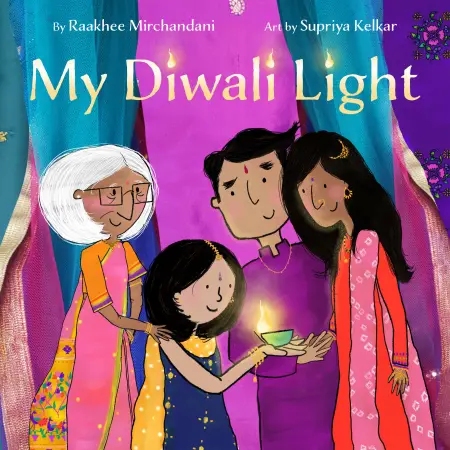 My Diwali Light by Raakhee Mirchandani, art by Supriya Kelkar is a lovely picture book about celebrating Diwali with family and friends. With Diwali just around the corner (it’s on Monday), this is a great read for this time of year.
My Diwali Light by Raakhee Mirchandani, art by Supriya Kelkar is a lovely picture book about celebrating Diwali with family and friends. With Diwali just around the corner (it’s on Monday), this is a great read for this time of year.
Follow along with Devi, her parents and her Nani (grandmother), as she prepares for her favorite holiday and then shares it with her neighbors, going from house to house. Each celebration is a little different. You’ll be hungry by the time you’ve read through all the foods that Devi and her family have prepared and eaten throughout the day. And of course, there’s lessons from Nani on the meaning of Diwali, that will help little ones unfamiliar with the celebration learn more about it. Bright and colorful art accompanies the story — including pieces of fabric from the artist’s family members, which feels particularly apt and special.
Don’t miss the notes at the end from the author and illustrator, discussing how their own families celebrate Diwali and what making the book has meant to them. It’s another reminder — should you ever need one — that representation matters. Happy Diwali all!

